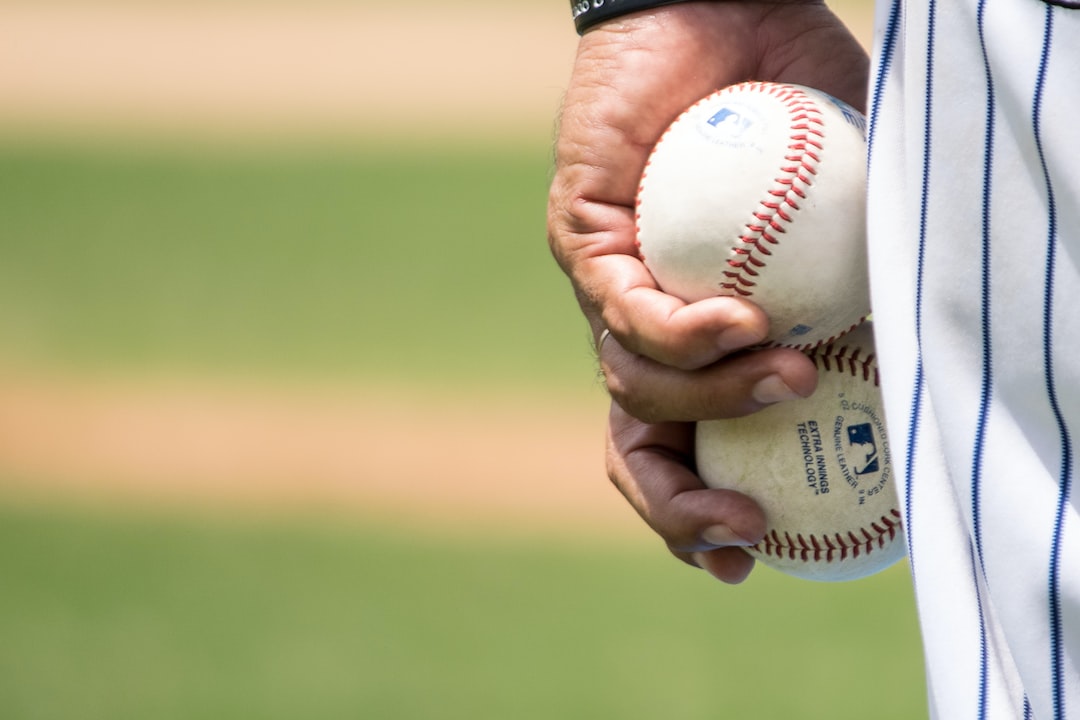Overview
Introduction to golf and baseball
Golf and baseball are two popular sports that require precision and skill. While they may seem different on the surface, there are actually several similarities between the two sports, particularly when it comes to the mechanics of the swing. Both golf and baseball swings involve the use of the entire body to generate power and control the direction of the ball. However, there are also some key differences between the two, such as the swing plane and the grip. Understanding these similarities and differences is important for athletes looking to excel in both sports.
Similarities between golf and baseball swings
Both golf and baseball swings share some similarities in terms of body mechanics and movement patterns. In both sports, the kinetic chain plays a crucial role, where power is generated from the ground up through the legs, hips, and core, and transferred to the upper body and arms. Additionally, rotational movement is key in both swings, as the body rotates to generate power and transfer energy to the club or bat. Furthermore, balance and timing are essential for a successful swing in both sports. However, despite these similarities, there are also notable differences between golf and baseball swings, which will be discussed in the next section.
Differences between golf and baseball swings
While golf and baseball swings share some similarities, there are also key differences between the two. In golf, the swing is more controlled and precise, focusing on accuracy and consistency. On the other hand, baseball swings require more power and speed to hit the ball with force. Additionally, the grip and stance in golf are different from baseball, with golfers using a more relaxed grip and wider stance. Understanding these differences is crucial for volunteers who participate in both sports, as it helps them adapt their swing mechanics accordingly.
Impact of Golf on Baseball Swing
Improving swing mechanics
Improving swing mechanics is one area where golf can have a significant impact on a baseball player’s swing. Golfers are known for their smooth and fluid swings, which can help baseball players develop a more controlled and efficient swing. The emphasis on proper posture, balance, and rotation in golf can translate to better body positioning and mechanics in baseball. Golfers also focus on precision and consistency, which can help baseball players refine their swing technique and make more accurate contact with the ball. By incorporating golf techniques and drills into their training, baseball players can improve their swing mechanics and overall performance on the field.
Developing power and control
In golf, developing power and control is crucial for achieving a strong and accurate swing. This translates well to baseball, as a powerful and controlled swing can result in solid contact and greater distance. Golfers who also play baseball can benefit from their golf training by applying the principles of power and control to their baseball swing. By focusing on generating power from the lower body and maintaining control through proper grip and hand positioning, golfers can improve their baseball swing and enhance their overall performance.
Enhancing hand-eye coordination
Enhancing hand-eye coordination is another significant benefit that golf can have on a baseball swing. Both sports require precise timing and coordination between the eyes and hands. Golfers who also play baseball can develop a keen sense of focus and accuracy when it comes to hitting the ball. This improved hand-eye coordination can translate into better bat control and the ability to make solid contact with the ball in baseball. By practicing their golf swing, baseball players can further refine their hand-eye coordination skills, leading to improved performance on the field.
Potential Challenges
Transferability of skills
When it comes to the transferability of skills between golf and baseball, there are both similarities and differences. While both sports require a strong focus on technique and body mechanics, the timing and movement patterns differ significantly. Golf swings are more controlled and precise, whereas baseball swings are explosive and dynamic. Additionally, the grip, stance, and body positioning vary between the two sports. Therefore, while there may be some transferable skills such as hand-eye coordination and core strength, baseball players may need to adapt their swing mechanics to excel in golf, and vice versa. It is important for athletes to understand these differences and work on the specific skills required for each sport in order to maximize their performance.
Adapting to different swing mechanics
Adapting to different swing mechanics is a key challenge for baseball players who also play golf. While both sports involve swinging a club or bat, the mechanics of the swings can vary significantly. Baseball players must learn to adjust their swing mechanics when transitioning from golf to baseball, which can be a difficult task. This requires a deep understanding of the fundamental differences between the two sports’ swings and the ability to quickly adapt to the specific requirements of each sport. Additionally, baseball players may need to modify their stance, grip, and timing to accommodate the different swing mechanics of golf. It is essential for players to practice and develop muscle memory for both sports to minimize any negative impact on their baseball swing.
Risk of injury
In both golf and baseball, there is a risk of injury associated with the swinging motion. Golfers and baseball players are prone to developing repetitive strain injuries, such as golfer’s elbow and baseball pitcher’s shoulder. Additionally, the powerful and explosive movements involved in both sports can put stress on the muscles, joints, and tendons, increasing the risk of sprains and strains. It is important for athletes to maintain proper form and technique, as well as engage in regular strength and conditioning exercises to minimize the risk of injury.
Conclusion
Summary of findings
Based on our research, there are several key findings regarding the impact of golf on a baseball swing:
- Similarities between golf and baseball swings: Both sports require rotational movements and proper weight transfer.
- Differences between golf and baseball swings: Golf swings focus more on precision and control, while baseball swings prioritize power and speed.
- Improving swing mechanics: Golf can help baseball players refine their swing mechanics, such as maintaining proper posture and balance.
- Developing power and control: Golf can help baseball players develop core strength and improve their ability to generate power and control their swing.
- Enhancing hand-eye coordination: Both sports require excellent hand-eye coordination, and practicing golf can improve a baseball player’s ability to track and hit the ball.
Overall, incorporating golf into baseball training can have several benefits, but it is important to consider the transferability of skills and adapt to the different swing mechanics between the two sports.
Recommendations for golfers and baseball players
When it comes to improving both your golf and baseball swings, practice is key. By dedicating time to honing your skills in both sports, you can develop a strong foundation of fundamentals that can benefit your performance in both golf and baseball. Additionally, seeking guidance from coaches who specialize in both sports can provide valuable insights and techniques to enhance your swing mechanics. Remember to focus on transferring the skills you learn in one sport to the other, and be open to adapting your swing mechanics to suit the requirements of each sport. By doing so, you can maximize the benefits of both golf and baseball on your swing and overall performance.
Future research opportunities
Further research is needed to explore the specific biomechanical and neuromuscular factors that may influence the transfer of skills between golf and baseball swings. Additionally, future studies could investigate the impact of golf training programs on baseball swing performance and whether certain aspects of the golf swing, such as the kinematic sequence or weight transfer, can be beneficial for baseball players. Furthermore, it would be valuable to examine the long-term effects of incorporating golf into baseball training regimens and determine if there are any crossover benefits that can improve overall athletic performance.


